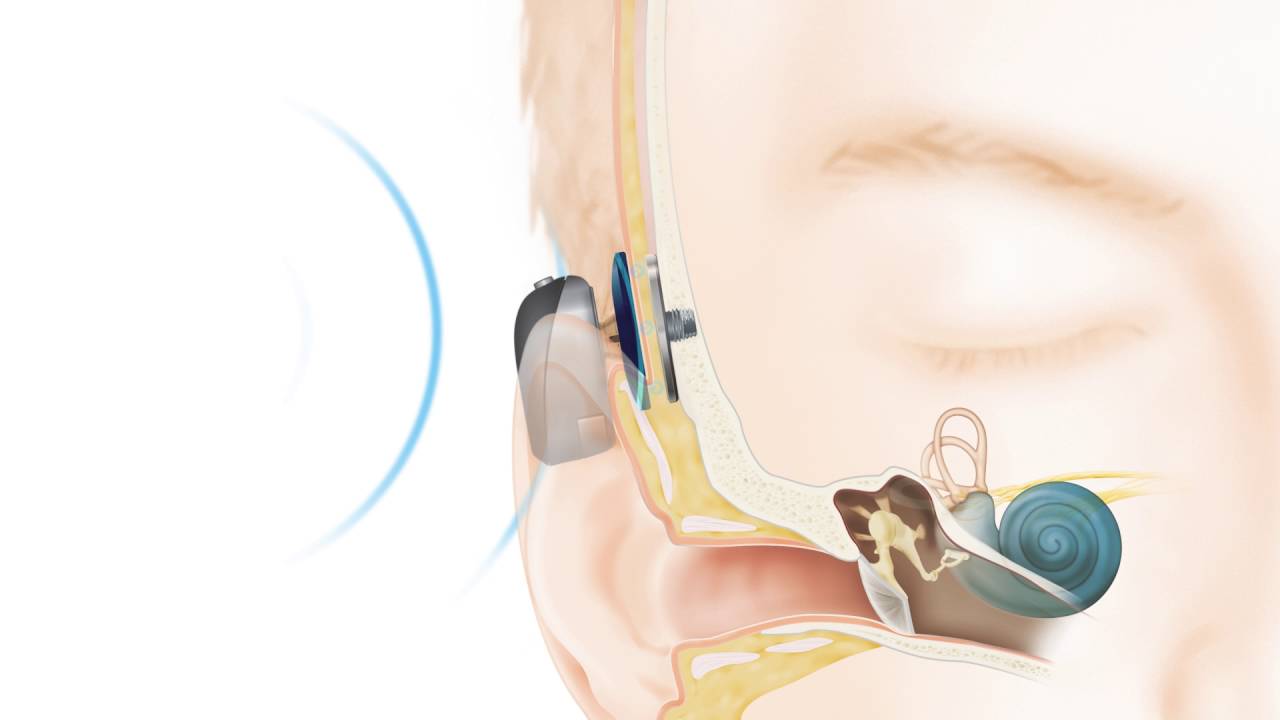BAHA/PONTO

Single sided Deafness
In patients who are deaf in one ear or have a severe hearing loss in one ear that isn’t helped by a traditional hearing aid, there are basically 2 options available for treatment. The first option is a CROS (Contralateral Routing Of Signal) hearing aid. It looks like a traditional hearing aid. However, it picks up sounds going to the bad ear, and it transfers them to a hearing device on the good ear. The previous CROS aids that were available on the market weren’t very good. However, a new CROS aid came out a few years ago that works very well. The other option is a bone anchored hearing device, which is described below.
How Do Bone Anchored Hearing Devices Work?
Bones, like air, can conduct sound vibrations. For those with single sided hearing loss, these devices provide another pathway to perceive sound. Typical hearing aids rely on air conduction. With bone anchored hearing devices sound is sent through the skull to the better hearing ear. These devices can also be used in patients whose ear canal didn’t form or have other ear canal/outer ear hearing issues.
Benefits
- In patients with single sided deafness a bone conduction system can pick up sounds coming to the bad ear and transfer them to the good ear. This process increases awareness of what is happening on both sides of the head, and it makes it easier to understand speech. Thus, patients with single sided deafness can regain 360-degree sound awareness.
- The bone anchored device can be connected to a test band preop, which allows patients to try the sound processor in different environments such as at home, at work etc. prior to committing to surgery.
- With a bone anchored device the ear canal is kept completely open. This device may be more comfortable and less problematic if patients suffer from chronic ear infections/irritation.
Safe and Simple Procedure
The surgical procedure to have a bone anchored hearing device placed is safe and simple. It doesn’t take very long, and there is no risk of damage to the ear or hearing.
The procedure involves surgically placing a small titanium implant in the bone behind the ear. After the simple procedure, the implant is given time to bond with the surrounding bone tissue – a process known as osseointegration. Once proper integration occurs, the listening device can be attached and detached from the implant easily.
